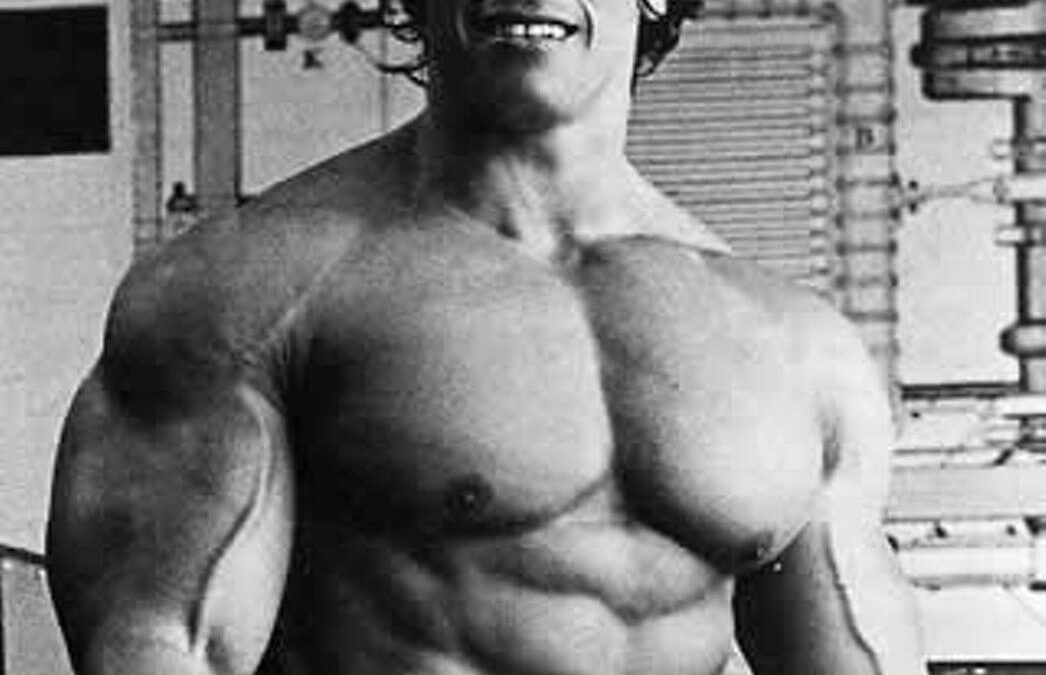Bodybuilding is a form of exercise that is ultimately about changing the overall appearance of the human body through a super intense regime of exercise and diet. In most cases, it would appear extreme to the everyday person. It is often known for its professional or competitive nature where entrants are judged on their overall appearance.
Origins of Bodybuilding
 Competitive or professional bodybuilding has started around the 19th century. Before the 1970s, it was typically focused on a defined muscle appearance. However, the rise of anabolic steroids in the seventies saw a dynamic shift that led to what we now see as the typical bodybuilder—Arnold Schwarzenegger is the most famous example.
Competitive or professional bodybuilding has started around the 19th century. Before the 1970s, it was typically focused on a defined muscle appearance. However, the rise of anabolic steroids in the seventies saw a dynamic shift that led to what we now see as the typical bodybuilder—Arnold Schwarzenegger is the most famous example.
General muscle building is what people would normally hope to achieve from exercise that includes resistance training. Generally considered to be one of the overall goals of a fitness regime, it revolves around building muscle through resistance and anaerobic exercises while maintaining a healthy diet that promotes muscle growth. With exercise, the general consensus is to work the muscle harder to achieve muscle growth.
Hypertrophy
The major difference between bodybuilding and general resistance training is how muscle mass is created. In bodybuilding, the muscles are enlarged by a process called muscle hypertrophy. While this is a natural process, successful bodybuilding seeks to quicken this process by undertaking known stimuli, such as strength training, anaerobic exercise, and combining it with a high protein and low carbohydrate diet. Muscular endurance training is also used to ensure that training can continue on a regular basis.
Hyperplasia
Bodybuilding and general muscle building depend on both hypertrophy and hyperplasia. In contrast to hypertrophy, hyperplasia is the increase in the number of cells making up component muscles. When muscles are damaged and micro-trauma occurs, the body naturally reacts to this by replacing the damaged cells of the muscle back to their original state, but also adding more cells to reduce the chances or risk of damage occurring in the future. General muscle building will stress the muscles so that both hypertrophy and hyperplasia occur. The overall result is that muscles are both more defined because they are bigger in size and number. But also stronger because the cells are both bigger in number and size.
Nutrition for Bodybuilding
For general muscle building, eating fats is essential. While bodybuilders try to limit their fat intake, general health and fitness require the right kind of dietary fats. Eating a block of cheese isn’t going to help as these contain saturated fats. Fats that are found in fish, nuts, and seeds are called either mono or poly-unsaturated fats, and this helps to deliver essential vitamins around the body, including to muscles to help ensure muscle growth.
While bodybuilding appears to have fantastic physical benefits for both health and appearance, it is important to stress that there are downsides, such as joint damage, liver damage (if steroids are being taken), and stretch marks. It can be viewed as ‘extreme’ given its strict nature and the vast majority of the general public would never undertake such an activity. General muscle building however can be great for the body and provide that feeling of wellness without the extreme requirements of bodybuilding.

